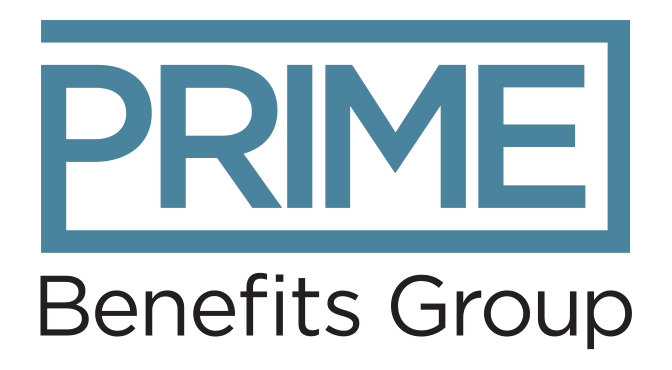- Have a question?
- 613-89-Prime (77463)
- 1-866-950-3667
- info@primebenefitsgroup.com
Understanding the Latest Changes to CPP and QPP Contributions


As of January 2024, changes to the Canada Pension Plan (CPP) and Quebec Pension Plan (QPP) have been implemented, impacting middle-income earners in Canada. In exchange for a larger portion of their paycheques going toward contributions, Canadians will eventually receive higher payouts when they begin collecting their pensions.
These recent changes are part of a broader pension overhaul initiated in 2019. Both individual contributions and employer matching portions have been consistently increasing. The changes are meant to strengthen benefits and improve overall financial stability for future retirees.
The CPP Enhancement
Starting this year, the CPP is introducing a new, second earnings ceiling, which applies additional payroll deductions for those earning beyond a specified amount. The enhanced pension plan now features two earnings ceilings, with the first tier mirroring the old system, and the second tier applying to earnings between $68,000 and $73,200. Employees earning more than $73,200 will contribute an extra $300 in 2024 compared to the previous year.
Up until 2019, the CPP retirement pension replaced one quarter of average work earnings. The CPP is now growing to replace one third of average work earnings and the maximum limit of earnings protected by the CPP will increase by 14 per cent between 2024 and 2025. Pensions will increase based on how much and for how long employees contribute to the enhanced CPP.
Younger workers stand to gain the most, with those retiring 40 years from now seeing their income rise by over 50 per cent compared to current pension beneficiaries. The changes don’t impact eligibility criteria for various pension categories including retirement, post-retirement benefits, disability, and survivor’s pensions.
What Employers Need to Know
Employers are affected by the new threshold because they must match their workers’ higher contributions, with phased increases affecting both workers and employers from 2019 to 2023. Canadian employers typically match workers’ pension earnings, while freelancers and self-employed individuals are responsible for both portions, totaling 11.9 per cent for the first tier and 8 per cent for the second tier.
Aligning Group Benefits
The recent adjustments to the Canada Pension Plan (CPP) and Quebec Pension Plan (QPP) pose both challenges and opportunities, calling for a strategic approach to effectively align group benefits.
Here are key considerations for employers:
- Payroll Planning: Work with payroll to integrate the new contribution levels into payroll processes and inform employees about any changes to their deductions.
- Keep Employees Informed: Provide employees with details and resources about the dual-tiered system and new earnings ceilings and how these recent changes will impact their contributions and benefits. Consider organizing workshops beyond enrollment season to help employees understand these changes and their impact on retirement planning.
- Review Benefits Packages: Review current packages to determine whether any adjustments are needed as a result of the recent changes. Make any necessary modifications to employer contributions, particularly for employees that fall within the new earnings ceiling. Consider offering customizable benefits packages that allow employees to tailor their benefits to meet their changing financial needs and situations.
Future-Forward Benefits Planning
Anticipating changes and aligning benefits planning with the evolving landscape of pension policies and trends in employee benefits will enable you to stay ahead of the curve and enable employees to make more informed decisions about their financial goals. Contact us so we can work together to create strategies that work best for you and your team.
Suggested Reading
Employees and the 2024 CPP Changes
Changes to CPP, QPP Deductions Taking Effect This Month
Additional Resources